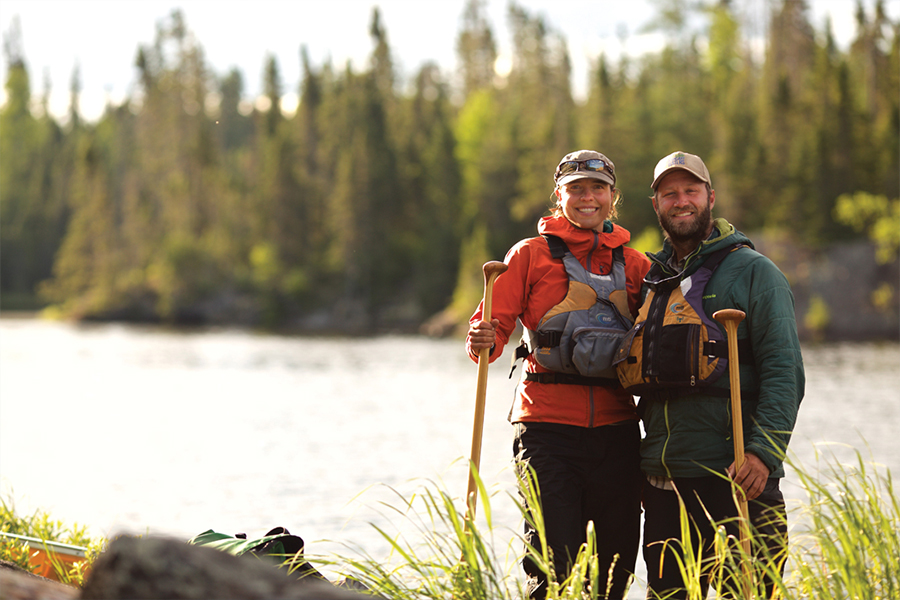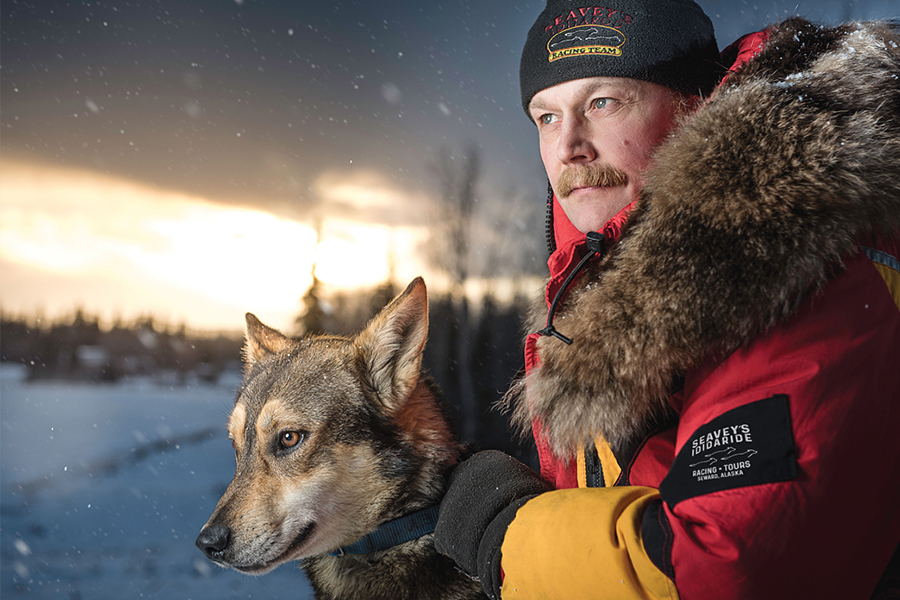Minnesotan Explorers

When it comes to explorers in Minnesota history, it is impossible not to mention the first settlers that established themselves in this area over 7,000 years ago—the Paleo-Indians, followed later by the Dakota (Sioux) and Ojibwe (Chippewa) people. There has also been a lot of controversy regarding the Vikings exploring the Midwest region in the 1300s, despite the fact that our NFL football team is named about them. Otherwise, European settlers were first officially documented in the Minnesota area in the early 1600s. As for explorers starting from Minnesota and exploring the world, there are a few household names, but there are also quite a few that haven’t received the wholehearted recognition they deserve. While your friends and family from out of state may consider Minnesota fly-over territory, we residents are proud of our fellow man’s contributions to the international community. Take a closer look at some of the well-known and lesser-known explorers with Minnesota ties; their stories, passions and accomplishments would make any Minnesotan proud.
30,000 Miles Around the World
Dave and Amy Freeman of Grand Marais were named Adventurers of the Year in 2014 by National Geographic. They have traveled over 30,000 miles around the world by kayak, canoe and dogsled. They have been featured in magazines, on radio and TV, and they have authored a book called “A Year in the Wilderness” that documents the 366 days they spent in the Boundary Waters Canoe Area (BWCA) in support of the Campaign to Save the Boundary Waters.
Outside of their many expeditions, speaking engagements and classroom visits, the couple offers guided kayak, canoe and dogsled tours near the BWCA and have created an educational non-profit organization called the Wilderness Classroom, to encourage kids to explore new places and cultures.
The Creation of the Iditarod
Dan, Mitch and Dallas Seavey are all about dog sledding. The Seavey family, who hails from Red Wing, has a long-standing history in the profession with plenty of medals to prove it. Dan helped create the now famous Iditarod Trail Sled Dog Race in 1973, which is a thousand-mile dog sledding race that runs from Anchorage to Nome in Alaska. He didn’t just create the race, though—he also competed in the first and second races where he placed in the top five for both. His son, Mitch, also competed in several Iditarod races, winning in 2004, 2013 and 2017 where he broke the records for oldest champion and fastest time. His son, Dallas, continues the family legacy and has won several Iditarod races himself in the last seven years. In 2012, he was the youngest person to win the race at the age of 25.

Transcontinental Bike Rides and Blue Zones
Dan Buettner’s accomplishments begin with his transcontinental cycling records, which include biking a 15,536-mile ride across the Americas from Alaska to Argentina and completing a 11,885-mile-long ride across Africa which stretched from Tunisia to South Africa. The journey was dubbed Africatrek and was not only an incredibly impressive feat but also became an Emmy-winning PBS documentary.
Following his cycling endeavors, Buettner researched and developed a concept called Blue Zones. Blue Zones are areas of the world where people tend to live longer than the average life expectancy. As a result of this research, he wrote several books which became New York Times bestsellers. He has had countless interviews on national media platforms, his own TED Talk and a career’s worth of public speaking opportunities. The St. Paul native has since created his own Blue Zone within the United States, and after extensive research to narrow down his options, he ultimately ended up choosing a city close to home—Albert Lea.
"New York to Nome: The Northwest Passage by Canoe"
Geoff Pope, along with friend Shell Taylor, canoed 7,165 miles from New York City to Nome, Alaska, in 1936 to 1937—the longest distance canoed at that time. While the expedition has not quite received the fame the men expected for a journey of that magnitude, you can read about it yourself in Taylor’s autobiography, “New York to Nome: The Northwest Passage by Canoe.”
Before Taylor wrote his book, Excelsior-born Pope was designing and supervising the construction of a topsail Ketch boat named Sheila Yeates, which he used to lead many expeditions from 1975 to 1989. In 1989, the boat tragically sank off the coast of Greenland, its demise documented in a film by the crew on the rescue boat. Though everyone on board returned to land safely, the loss was devastating to Pope. He stated, “We name them [boats] after our daughters and wives.”
1,010 Hours in Space
Robert Cabana likes to take his adventures to the sky. As the current director of NASA’s John F. Kennedy Space Center and a former astronaut, he’s had his share of flight experiences. Hailing from Washburn High School in Minneapolis, he began his career in the military as a naval aviator and flight officer in the United States Marine Corps, with over 7,000 hours in 34 different types of aircraft before retiring as a colonel. He was then selected as an astronaut candidate by NASA in 1985 and went on to join four space shuttle flights, logging over 1,010 hours in space. In 2008, he was inducted into the Astronaut Hall of Fame.





